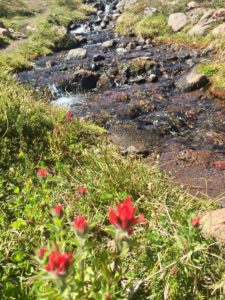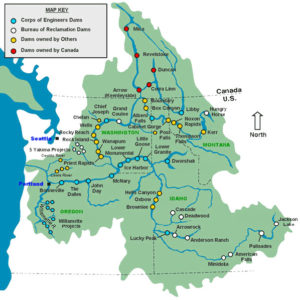Surface-Water-to-Groundwater Transfers: Too Connected or Not Connected Enough?
More and more in Oregon, hopeful groundwater use applicants are finding that proposed uses of groundwater are denied by the Oregon Water Resources Department due to the agency’s finding of hydraulic connection with surface water sources and the potential for groundwater use to cause substantial interference with existing surface water rights. When the agency makes such findings, the Department looks at whether surface water is available to support the proposed new groundwater use, and, in most cases, it is not – either the administrative basin rules prohibit the new use, or surface water availability data shows that surface water is not available. In short, the proposed groundwater source is too connected to surface water for the agency to approve the application.
But an enigma exists in Oregon water law where the same source of groundwater is not connected enough to surface water to allow a surface-water-to-groundwater transfer. Transfers allow water right holders to change the terms of their water use rights. In some cases, surface water right holders may wish to change their surface water points of diversion to groundwater wells. That type of change is authorized under Oregon law, but the administrative rules impose certain distance and connectivity requirements. First, the well cannot be more than 500 feet from the authorized point of diversion, or else a geology report must accompany the application to attest to the connection between the sources of water. Second, the proposed groundwater use must affect the surface water source “similarly,” meaning the use of groundwater would result in stream depletion of at least 50 percent of the rate of appropriations within 10 days of pumping. The Oregon Water Resources Departments uses stream depletion modeling to determine if this factor is met.
It is often difficult for water users to predict whether their proposed use of groundwater will affect the surface water source similarly, especially because the Oregon Water Resources Department is far from consistent when it comes to its application of various models. However, in our experience, certain factors heavily affect the outcome of surface-water-to-groundwater transfers. For example, is the well existing or proposed? If the well is existing, the source aquifer for the groundwater use is certain, whereas the Department may make assumptions related to proposed wells. Applicants often do not include a certain depth figure for a proposed well in their transfer application because their well driller will need to make that determination during the drilling process. If the majority of the wells in the area of the proposed well are drilled into a confined aquifer, the Department is likely to assume that the proposed well will be similarly constructed in order to be productive, and may deny the application on the basis that the source of groundwater pumped from the proposed well will not be connected enough to the surface water source. Thus, the proposed source of groundwater should be unconfined, and the proposed well should be drilled extremely close to the authorized point of diversion to allow the applicant the best chance of success.
All too often, we talk to water users who were advised by other consultants that surface-water-to-groundwater transfers are automatically approved so long as the proposed well will be within 500 feet of the authorized surface water point of diversion. That is not the case! It can be difficult to get the Oregon Water Resources Department’s approval on these types of transfers, and therefore it is very important to understand the factors that affect the agency’s decision and the water user’s options.
Stay tuned to Schroeder Law Offices’ Water Law Blog for more water news that may affect you!

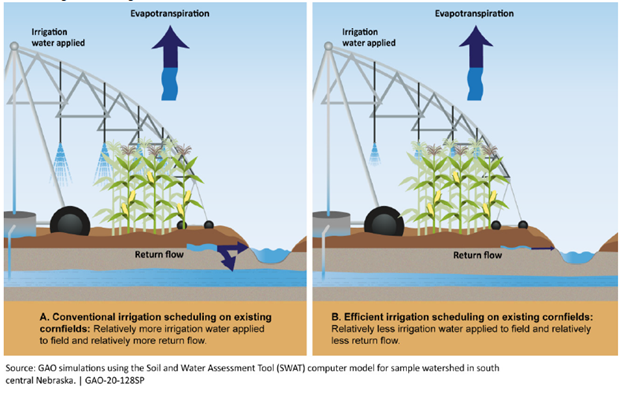





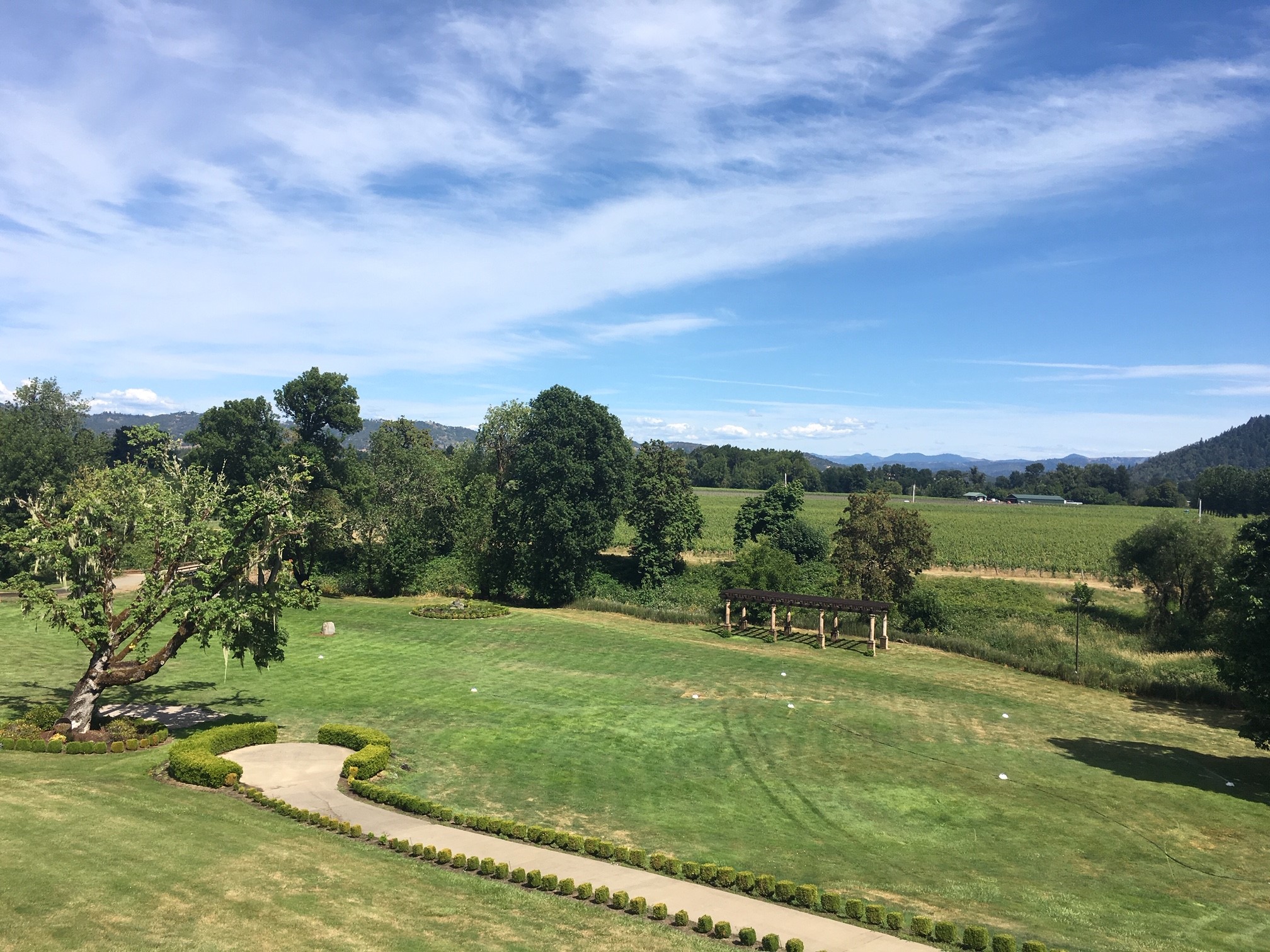


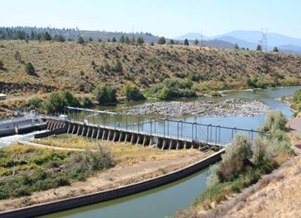

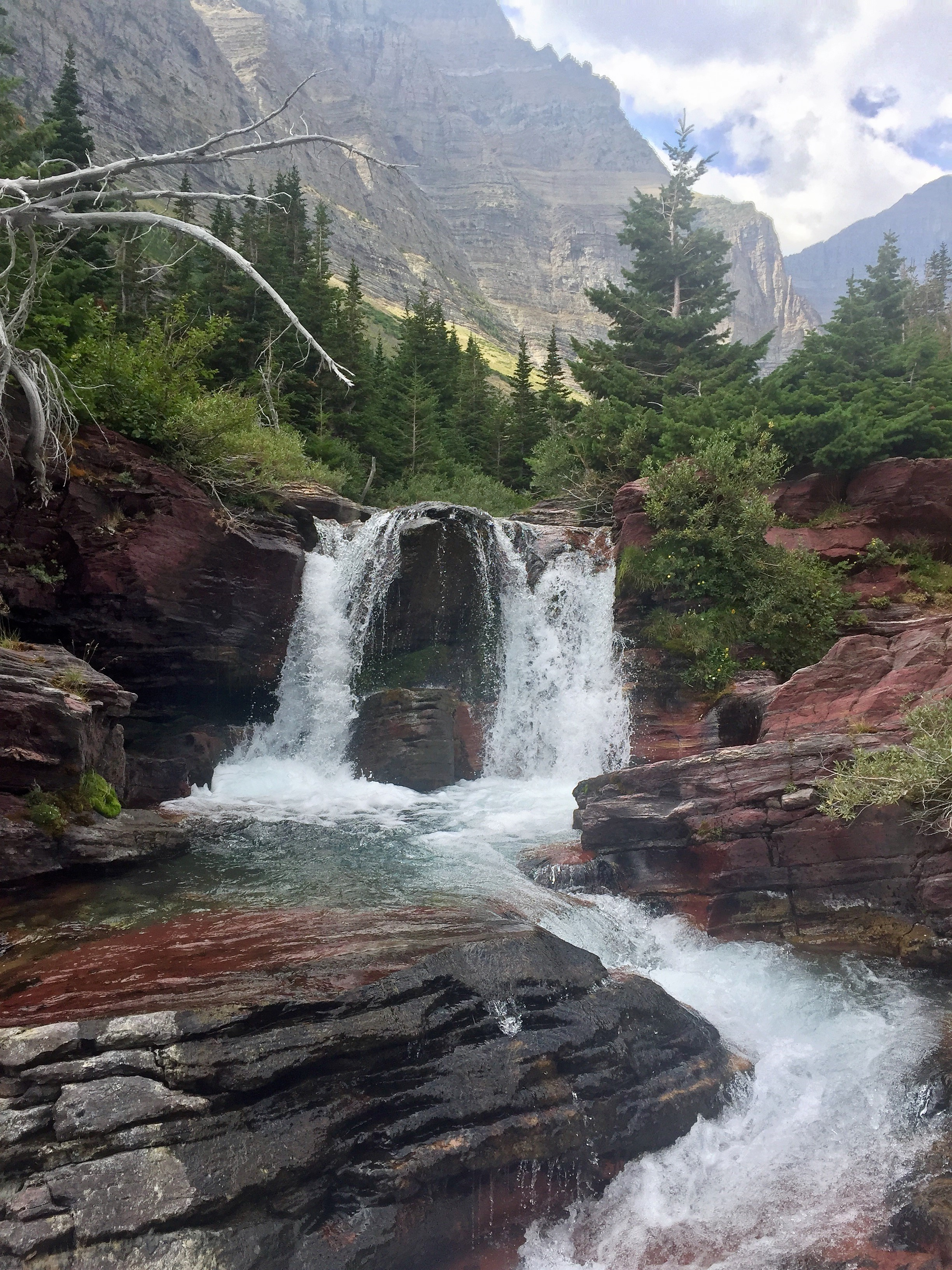

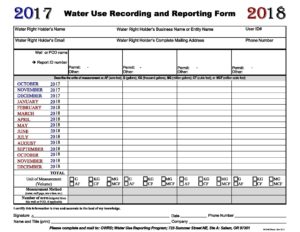



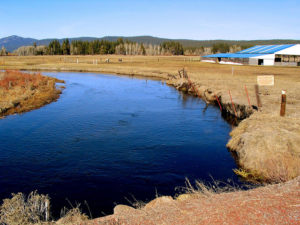

 Taking time away from their busy schedule, Schroeder Law Offices attorneys and staff spent an educational weekend together while also celebrating their newest achievements!
Taking time away from their busy schedule, Schroeder Law Offices attorneys and staff spent an educational weekend together while also celebrating their newest achievements! Utilization Concepts! We then met up with Professor Todd Jarvis of the Institute for Natural Resources at Oregon State University to discuss water rights issues in the West, learning a bit about the water basin utilization project he and associate attorney Jakob Wiley are working on. Professor Jarvis and attorney Wiley (with some other contributors) are collaborating to write a book on the unitization of aquifers as a way to manage water use – while still in the research phase, the book is expected to be completed by the Summer of 2019. We look forward to sharing their discoveries and plans as they move forward.
Utilization Concepts! We then met up with Professor Todd Jarvis of the Institute for Natural Resources at Oregon State University to discuss water rights issues in the West, learning a bit about the water basin utilization project he and associate attorney Jakob Wiley are working on. Professor Jarvis and attorney Wiley (with some other contributors) are collaborating to write a book on the unitization of aquifers as a way to manage water use – while still in the research phase, the book is expected to be completed by the Summer of 2019. We look forward to sharing their discoveries and plans as they move forward. We Escaped! Finally, Schroeder Law Offices took the opportunity to do some additional team building and participated in two different escape rooms at “Stumptown Escape Games.” The games were challenging but our teams escaped by putting their heads together and succeeding under pressure!
We Escaped! Finally, Schroeder Law Offices took the opportunity to do some additional team building and participated in two different escape rooms at “Stumptown Escape Games.” The games were challenging but our teams escaped by putting their heads together and succeeding under pressure! 

